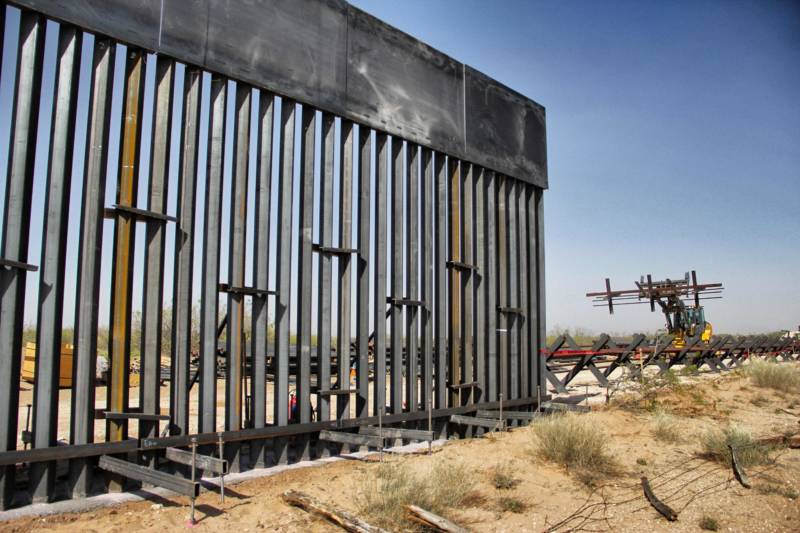Under the National Emergencies Act of 1976, the president can declare an emergency for just about anything. As President Trump has considered using that authority to circumvent Congress and build a wall along the Southern border, that near-unlimited presidential power has gotten a lot of attention. But it isn’t the whole story.
Congress also gave itself the ability to terminate an emergency declaration. In the more than 40 years since the law was passed, only one member of Congress has ever tried it.
“It was a lever that we had,” said George Miller, the former Democratic congressman from California. “We decided to use it.”
It was 2005, in the aftermath of Hurricane Katrina, when President George W. Bush issued a proclamation saying government contractors could pay workers less than usual for recovery-related projects. He justified it by saying the conditions caused by Katrina constituted a “national emergency” and waiving federal wage requirement would “result in greater assistance to these devastated communities” and “permit the employment of thousands of additional individuals.”
Miller and others in Congress saw it differently. There was a major natural disaster. Many of the people doing the recovery work would be victims of the disaster themselves, and “to suggest that they should work at lower wages was just an insult,” Miller said.
Miller introduced a resolution under the National Emergencies Act to terminate Bush’s action.

9(MDAxOTAwOTE4MDEyMTkxMDAzNjczZDljZA004))
